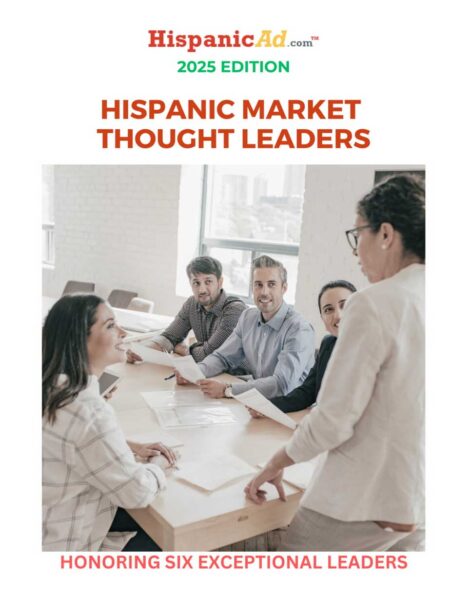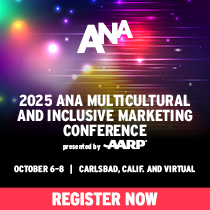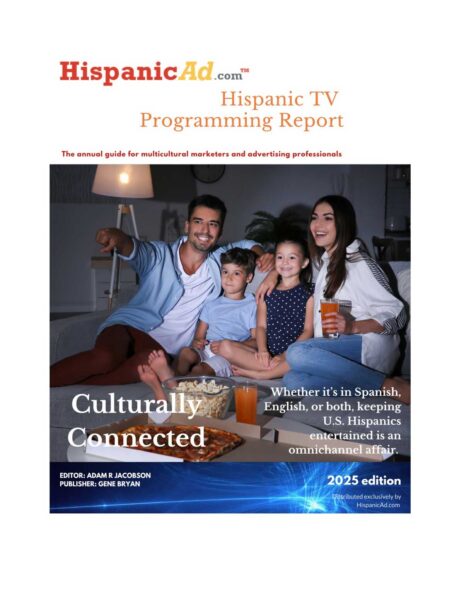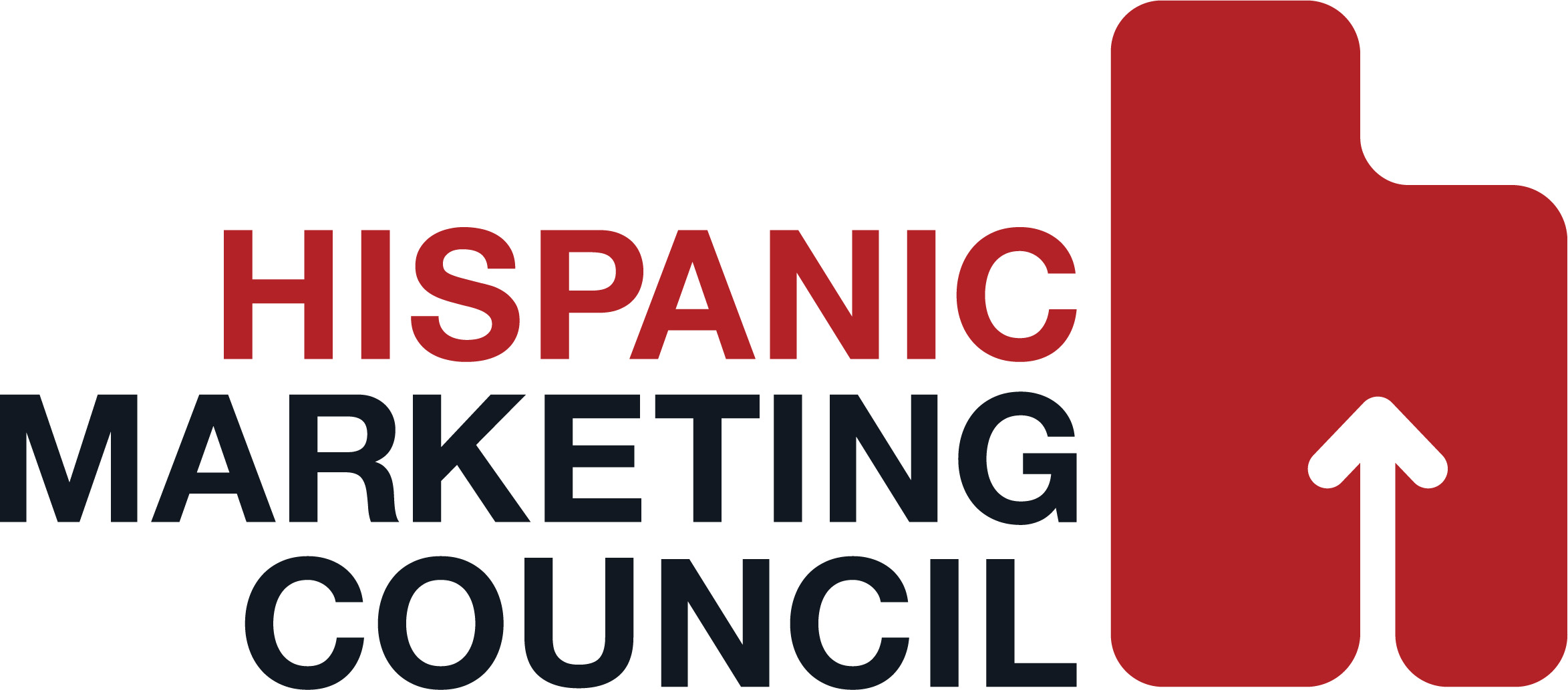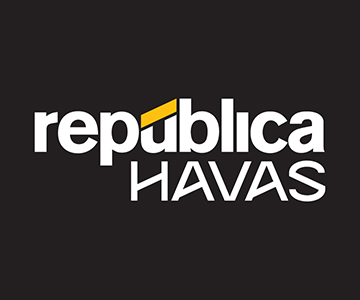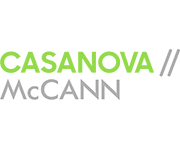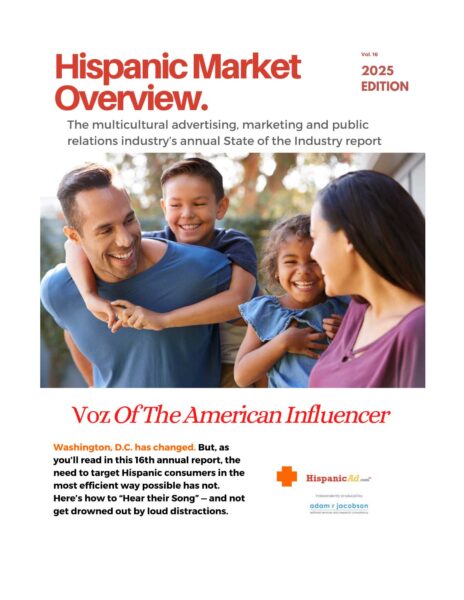Who are the “New Latinos” Understanding the power of Hispanic Consumers in the U.S.
June 5, 2025

By Bella Bozied Florida State University
Who are the “New Latinos”
Understanding the power of Hispanic Consumers in the U.S.
While many may have thought the New Latino ‘wave’ so they referred to it would diminish, the group has instead bloomed. The phrase, “New Latino” (Korzenny et al., 2024, p. 439) refers to the continuing Hispanic presence and growth in the United States. Now a large force of society and a huge aspect of the market, they have not only integrated into U.S. culture but blended their own culture and values into their everyday lives as well. According to Korzenny and other authors again, The New Latino brings a new wave of, “contribution to… the greatness of the [U.S.]” (2024, p. 439) through new opportunists such as in marketing through different cultural aspects from food, language, architecture, and more. It’s important to define and analyze the reasoning of the New Latino to further understand more about the Hispanic community through marketing based on accurate research into culture, and Hispanic consumer trends in the U.S. What do the New Latinos bring to Hispanic consumer behavior, and what are unique contributions of what they bring to marketing?
“The growth of the Latino population and its contribution to the U.S. labor market” (Robles & Cordero-Guzmán, 2007, p. 18), is the epitome and a defining factor of the New Latino: the magnitude of this group just continues to grow. The New Latino is reshaping their image and original role in the U.S. by rejecting a ‘one box fits all’ mentality. Stereotypes especially regarding generational change and embracing and strengthening their education and political influence. These shifts in mindsets as a community are therefore cultivating a closer-knit and empowered group.
Educational Impacts
It is important to identify that the reason for this shift in a New Latino, as opposed to previous generations and their actions, is built on the sacrifice, learning, and teaching of those in the Hispanic community that came before the New Latino. Stereotypes being broken would be a newer embrace of heritage from New Latinos. This could be through dipping into all sides of their identities through language like embracing being bilingual and identifying with other Hispanic sub-populations such as Latinos a part of the LGBT+ community. For example, while the majority of teachers or those in the education field were used to teaching one language in the classroom they are now being encouraged to listen, understand, and work just as closely with Latino youth – even being deemed in this article as, “unacceptable for educators to adopt [a] ‘don’t ask, don’t tell’ approach to student immigration status” (Avalos, 2023, p. 8), as it enforces potential barriers between a teacher and a student which could hinder the education of the child and reinforce a stereotype of silencing Latino youth. Allowing students to have mentors who understand their stories and reflect a similar culture to them gives them someone to look up to and more representatives breaking traditional, past, stereotypes in real time. This also speaks again to the magnitude of the New Latino as this article, while calling for more Latino educators, also states the “percentage of Latino students in K-12 public schools is projected to increase significantly” (Avalos, 2023, p. 10). This developing group is breaking stereotypes by talking about their heritage, embracing more aspects of who they are through cultural aspects like language and personal history, and encouraging new fields and opportunities.
Following the Footsteps Before
When referring to teaching, the growth in Latino education is another defining factor of this wave. It’s been found that Latino students are the, “largest minority population enrolled in college with a 16.5% share of all college enrollments since 2011” (Gonzalez & Morrison, 2015, p. 87). Through more representation of the Hispanic community at colleges, it is more likely that more will follow based on mentorship and the idea that you can do what others that look like or act like you are doing based on self-efficacy or peer modeling. The National Center for Education Statistics also states that a child is more likely to attend college when at least one parent has as well (DeLaRosa, 2022). This further proves how the New Latino is breaking out of stereotypes to achieve more education, which will therefore ripple into more success as they begin moving through life in gaining professional experiences, sharing their experiences, and even beginning families of their own where they can pass down their educational developments to their youth.
Community Impacts
While speaking about specific education, this also ripples into the community found through educational activities such as culturally based organizations. In 2008, it was found that males a part of a Latino college fraternity at a Hispanic-serving institution utilized speaking Spanish to continue practicing their culture with their fellow fraternity brothers (Gonzalez & Morrison, 2015, p. 88). This offered the students a connection between their community and culture, building and intertwining the two, while also building a positive relationship toward their education as well. With new cultural-based organizations, such as the Multicultural Greek Council Florida State University has on campus as a part of three other Greek life centers for students to potentially join and find a community through, New Latinos can find places to celebrate their culture and find other students like them with more ease than previous generations.
Political Impacts
When thinking about the political aspect of the New Latino though, today’s current political state and in turn social perspectives and actions because of so are concerning. U.S. politics have a direct effect on laws that outline visa policies as well as citizenship rights which could affect the Hispanic community through stereotypes. Another ripple effect of the current political outcomes is social perspectives and actions. People are more likely to reflect and copy actions they see, and ever since the COVID-19 Pandemic, we have seen a surge in race-aimed hate speech and actions (Tang, 2025). The current President’s words, and similar actions from members of his appointed teams, can also negatively affect the community such as him calling Puerto Rico a, “floating island of garbage” (Castaneda, 2024), on his campaign trail which aims to feed into harmful and untrue stereotypes that hurt the Hispanic community. The President has also referred to migrants as “animals,” “stone-cold killers,” the “worst people,” and the “enemy from within” (Ward, 2024), which he has alluded to as being predominantly people from the Hispanic community. Although these politically fired personal attacks and their perceptions from people across the U.S. and even beyond do hurt the Hispanic community, it could also work to unite people – especially those a part of the new wave, working to break generational curses and to benefit from what they perceive as a leg up from the Hispanic community before them.
The Power
With growing education, breaking stereotypes, empowerment of political beliefs, and more, an important trend to identify when talking about the New Latino is the “changing and growing demographic workforce” (Blancero et al., 2018, p. 4). This dips into the magnitude of the population referred to throughout this piece and kicks off an important point as to what makes the Hispanic community important and unique from a marketing standpoint.
Consumer behavior of the Hispanic community begins with the largest entity discussed here: magnitude. With so many New Latinos expanding into new regions of the U.S. and Latinos being the, “largest and also the fastest growing minority group in the [U.S.]” (Blancero et al., 2018, p. 3) these are just a few statistics that show the distinction of the population and the room for growth in marketers toward this community (Cervantes-Soon, 2014, p. 64). The New Latino proves there is so much room to advertise and break into new spaces with this target audience because they are still growing especially through the aspects previously discussed: more education, which leads to community building such as in cultural-based organizations being a prime example. The gravity of the population displays a unique feature of the New Latino that there is ample room for marketers to integrate into these spaces when done correctly and respectfully.
Advertising Toward Targeted Markets
Also, while some thought the growing Hispanic population was simply a phase that would pass, the resilience shown through the New Latinos and the rise of the Hispanic community in so many aspects from universities, professional workplaces, political percentages, and more shows that this community’s growth is only starting. Due to the previously conceived notion that they would not flourish in the U.S. as they have, marketers have not targeted them as much as other communities. This leaves an untapped market, as advertisers have begun now but still have a lot of space to cover like the technical space. Research has shown that the U.S. Hispanic community is predominantly younger, which would point to them being more, “receptive to digital and mobile marketing efforts” (evok, 2015), especially when drawing on growing Latino education enrollment in K-12 and college communities as previously touched on. This is just an example of an important factor when marketing to the Hispanic community of utilizing the new opportunities of the freshness and excitement of this community: the New Latino is everywhere, and involved in so much that has yet to be discovered through consumer behavior. As well as a specific unique factor, previous marketing efforts toward the Hispanic community may have not been directed to this digital avenue and could have been missing the target audience of the New Latino.
This also addresses the need for correctly targeted advertisements, which is achieved through research. Focus groups hearing from Hispanic communities and gaining their perspectives will allow for more in-depth marketing and advertisements that actually resonate with the Hispanic community with the goal of tapping into the buying power, shown through their increasing presence in the workforce quotes above, of New Latinos today.
The New Latino is important to learn about as it shows the blossoming of the Hispanic community, and enforces an aspect that culture is everywhere and ingrained in everything – even if you don’t recognize it, perhaps because not your own, at first. The New Latino is learning and growing from their past community members, and showing U.S. marketers that they are a target audience worth aiming for (when done correctly).
References
Avalos, V. (2023). Examining the Value of Latino Educators in Rural Communities. Dspacedirect.org; McNair Research Journal, University of Montevallo. https://montevallo.dspacedirect.org/entities/publication/c6863fa0-0da4-4243-bc4a-57a8c21a093f.
Blancero, D. M., Mouriño-Ruiz, E., & Padilla, A. M. (2018). Latino Millennials—The New Diverse Workforce: Challenges and Opportunities. Hispanic Journal of Behavioral Sciences, 40(1), 3–21. https://doi.org/10.1177/0739986317754080.
Castaneda, D. (2024, October 28). Trump Rally Unleashes Racist, Degenerate, and Dangerous Attacks on Latinos – Voto Latino. Voto Latino. https://votolatino.org/media/press-releases/trump-rally-unleashes-racist-degenerate-and-dangerous-attacks-on-latinos/.
Cervantes-Soon, C. G. (2014). A Critical Look at Dual Language Immersion in the New Latin@ Diaspora. Bilingual Research Journal, 37(1), 64–82. https://doi.org/10.1080/15235882.2014.893267.
DeLaRosa, J. (2022, January 12). Press Release – Students Are More Likely to Attend College if They Believe Family Can Afford to Pay – January 12, 2022. Nces.ed.gov. https://nces.ed.gov/whatsnew/press_releases/1_12_2022.asp.
evok. (2015, July 24). Exploring the Untapped Hispanic Market (and Why You Should Reach Out). Evok Advertising. https://evokad.com/exploring-the-greatest-untapped-market-and-why-you-should-reach-out/.
Gonzalez, R. G., & Morrison, J. (2015). Culture or No Culture? A Latino Critical Research Analysis of Latino Persistence Research. Journal of Hispanic Higher Education, 15(1), 87–108. https://doi.org/10.1177/1538192715579460.
Korzenny, F., Chapa, S., & Korzenny, B. A. (2024). Hispanic Marketing: The Evolution of the Latino Consumer. Taylor & Francis.
NMGC – National Multicultural Greek Council. (n.d.). Nationalmgc.org. https://nationalmgc.org/.
Robles, B. J., & Cordero-Guzmán, H. (2007). Latino Self-Employment and Entrepreneurship in the United States: An Overview of the Literature and Data Sources. The ANNALS of the American Academy of Political and Social Science, 613(1), 18–31. https://doi.org/10.1177/0002716207303541.
Tang, T. (2025, March 27). 5 years after pandemic surge, Asian Americans and Pacific Islanders still targets of hatred. PBS News. https://www.pbs.org/newshour/nation/5-years-after-pandemic-surge-asian-americans-and-pacific-islanders-still-targets-of-hatred.
Ward, M. (2024, October 12). We Watched 20 Trump rallies. His racist, anti-immigrant Messaging Is Getting darker. Politico. https://www.politico.com/news/2024/10/12/trump-racist-rhetoric-immigrants-00183537.





